6 July 2025
Kailash Mansarovar Yatra via Kumaon Corridor Resumes in 2025 – All You Need to Know

Mohit Bangari
Explore Himalaya With Me!!
Facebook
Email
WhatsApp
Twitter
LinkedIn
Tumblr
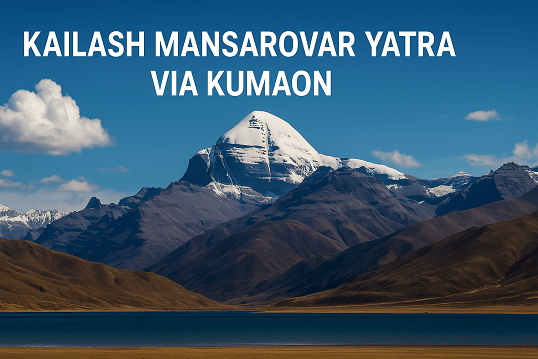
After a five-year break, Kailash Mansarovar Yatra via Uttarakhand’s Kumaon corridor has finally resumed in 2025. This ancient pilgrimage is not just a journey—it is a spiritual calling that attracts thousands of devotees from India and across the world.
Table of Contents
This year, the journey officially restarted on June 30, 2025, creating a wave of joy and devotion across the Himalayan belt. The route through Lipulekh Pass in Pithoragarh district was closed since 2020 due to the pandemic and tensions at the Indo-China border. But now, the yatra is back with full arrangements and improved road connectivity.
🕉️ Importance of Kailash Mansarovar Yatra
Mount Kailash, standing at 6,638 meters, is not just a mountain—it’s a divine symbol of Lord Shiva. It is considered sacred by Hindus, Buddhists, Jains, and Bonpas. Pilgrims believe that a parikrama (circumambulation) of Mount Kailash washes away all sins.
Interestingly, till date, no one has ever climbed Mount Kailash. Its mystery and spiritual aura remain untouched. I have written in detail on this topic here:
👉 Why Mount Kailash is still not scalable and remains mysterious
📍 Kailash Mansarovar – A Pilgrimage and a Life Experience
The Kailash Mansarovar Yatra is not just a physical journey. It is a test of devotion, faith, and inner strength. Pilgrims also take a holy dip in Lake Mansarovar, which is believed to be created by Lord Brahma himself.
I’ve already shared a full guide to this spiritual yatra, which you can read here:
👉 Kailash Mansarovar – A Detailed Guide
🛣️ Route Map and Yatra Itinerary – 2025
The yatra now follows an all-road journey, thanks to Border Roads Organisation (BRO). Here is the full route:
Delhi → Tanakpur → Dharchula
Gunji (2 days halt for acclimatisation)
Nabhidhang → Lipulekh → Enter Tibet
Reach Kailash and Mansarovar Lake
Return via Bundi, Chaukori, Almora → Delhi
The journey takes 22 to 23 days, and around 250 pilgrims will travel via this route in 2025.
🔁 Adi Kailash Included in 2025 Itinerary
A special addition this year is a visit to Adi Kailash, also known as Chhota Kailash, located in Kuti Valley, Uttarakhand. This mountain is also considered an avatar of Mount Kailash and is easily accessible from the Indian side.
People often get confused between Kinnaur Kailash and Adi Kailash. I’ve explained both in detail in this comparison guide:
👉 Kinnaur Kailash vs Adi Kailash – Which One to Visit.
🏢 Govt. & Local Support in the Yatra
Many departments are working together to ensure the smooth flow of this sacred journey:
MEA (Ministry of External Affairs) manages registration, visa, and coordination with China.
KMVN (Kumaon Mandal Vikas Nigam) handles logistics, accommodation, and transport within India.
ITBP & BRO are responsible for road safety, escorts, and infrastructure.
Uttarakhand Government provides medical teams, emergency backup, and state-level management.
Also, the local Rung tribe of this region is actively involved. They provide food, shelter, and cultural hospitality to yatris passing through Gunji, Kuti, and Napalchu villages.
🌐 The Silk Route Connection
The region around Lipulekh and Gunji is not only spiritual but also historical. This route was once part of the Ancient Silk Route, used for trade between India and Tibet.
I’ve already written about this lesser-known Himalayan history here:
👉 The Ancient Silk Route – Story of Trade Through Himalayas
So, walking on this path is like walking on the footsteps of ancient traders, monks, and pilgrims.
💻 Registration Process and Eligibility
Pilgrims must register online at kmy.gov.in. Selection is done through a computer-based lottery system to ensure fairness.
📝 Requirements:
Indian Passport (valid at least 6 months)
Age limit: 18 to 70 years
Fitness certificate from Delhi and Gunji
Cost: Around ₹1.5 to ₹2 lakh (depends on transport, group, and stay preferences)
🧳 Travel Tips for Pilgrims
Carry warm clothes, wool socks, gloves, cap, sunglasses, and thermal wear.
Bring dry fruits, energy bars, and water-purifying tablets.
Mobile signal is weak after Dharchula, so inform your family beforehand.
Medical kit is a must.
⚠️ Weather & Road Conditions
The yatra happens in monsoon season (July–August), so landslides and cloudbursts are common. However, BRO has placed earthmovers and emergency teams in Dharchula–Gunji–Lipulekh belt. ITBP also supports with rescue operations if needed.
📌 Final Thoughts
The reopening of Kailash Mansarovar Yatra via the Kumaon corridor in 2025 is not just a big step spiritually, but also regionally and culturally. It promotes tourism, boosts local economy, and revives the historical connections between India and Tibet.
For pilgrims, it is a once-in-a-lifetime experience—to visit Adi Kailash, walk on the Silk Route, and do parikrama of Mount Kailash.
If you’re planning for this yatra in upcoming years, this route via Lipulekh is truly a sacred gateway.
— Mohit Bangari
Do you know about Ramman festival of Salud-Dungra village? It’s one of the intangible world cultural heritage of India in UNESCO. You can read a detailed article on this topic here.
Facebook
Email
WhatsApp
Twitter
LinkedIn
Tumblr
Related Post
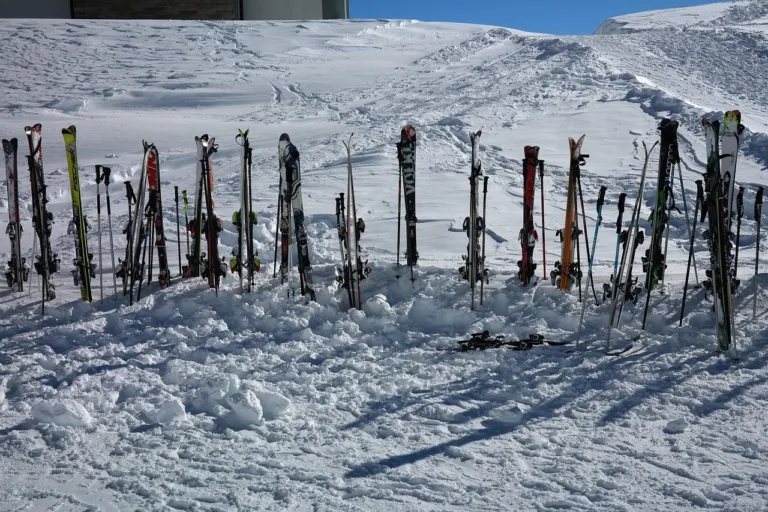
Adventure
Mohit Bangari
30 November 2025

Mohit Bangari
Explore Himalaya With Me!!


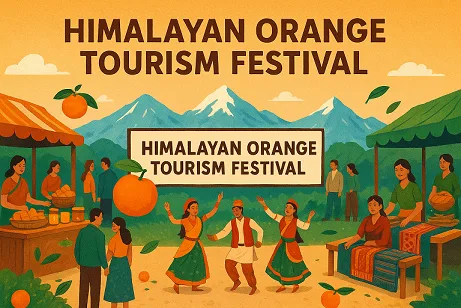

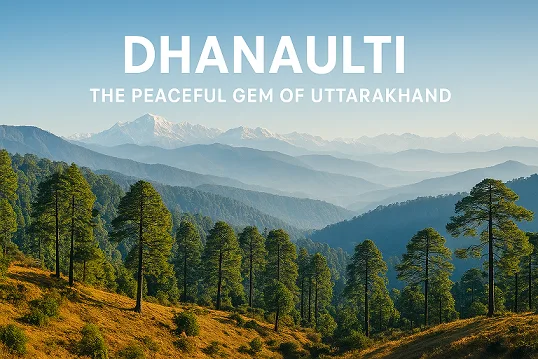
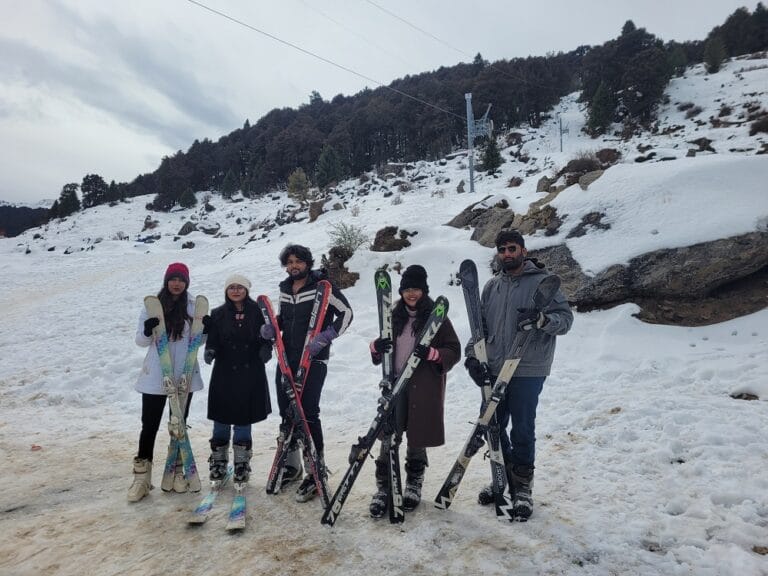
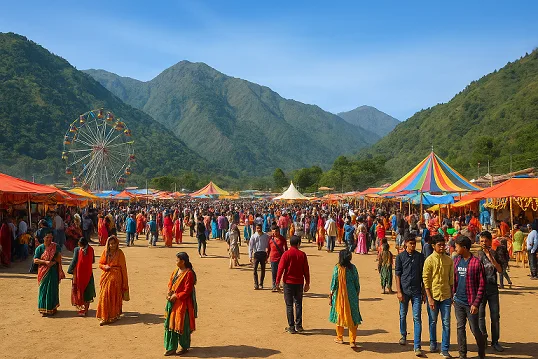
1 thought on “Kailash Mansarovar Yatra via Kumaon Corridor Resumes in 2025 – All You Need to Know”
Thank you for sharing such a detailed and insightful post! It really captures the spiritual and cultural significance of the Kailash Mansarovar Yatra via the Kumaon corridor. I especially appreciated the way you explained the routes, the inclusion of Adi Kailash, and the historical context of the Silk Route. Reading this gives a clear sense of the devotion, preparation, and challenges involved, and it inspires me to learn more about this sacred pilgrimage. Your explanation of the local support and arrangements also helps pilgrims feel more confident and prepared for the journey. Truly a helpful guide for anyone planning this once-in-a-lifetime experience.